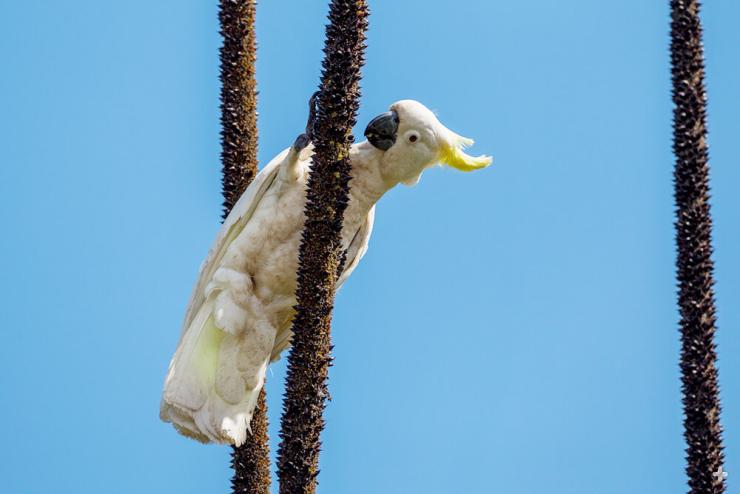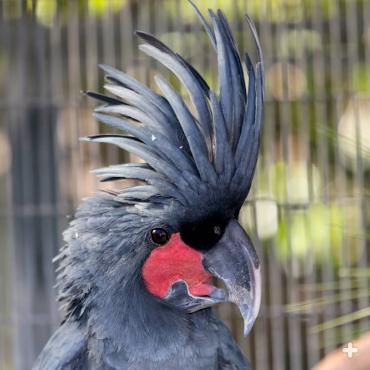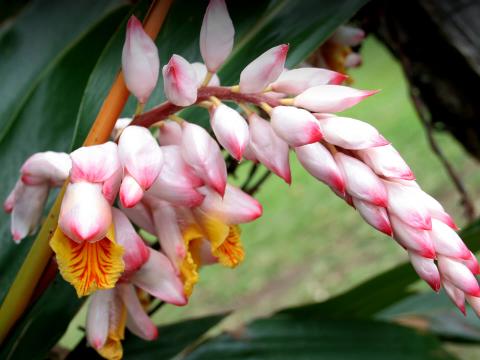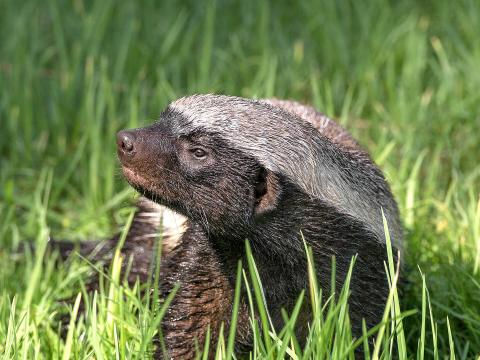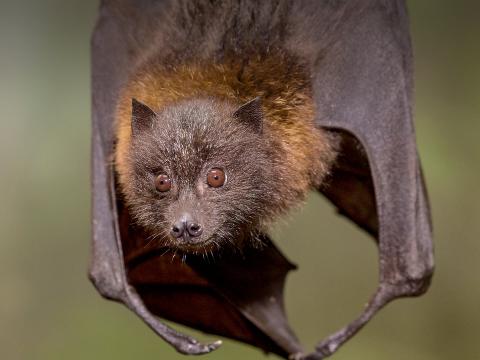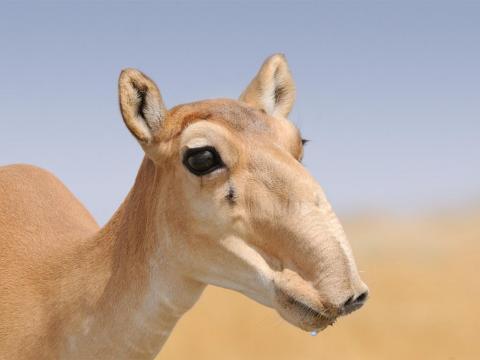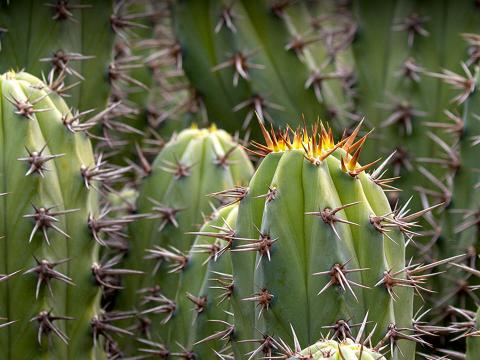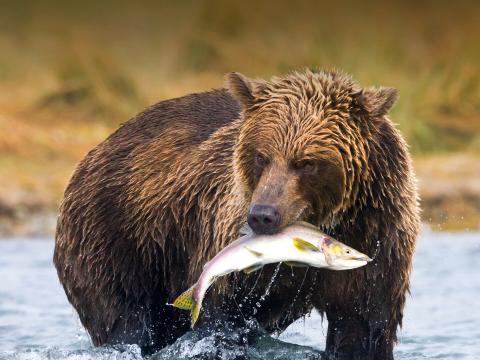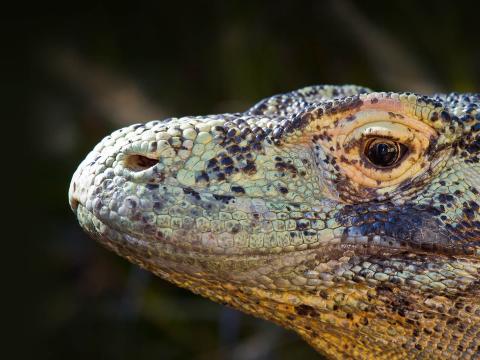Cockatoo
- Class: Aves (Birds)
- Order: Psittaciformes
- Family: Cacatuidae
- Subfamily: Calyptorhynchin
- Subfamily: Cacatuinae
- Genera: 5
- Species: 20
ABOUT
Getting to know you. With their perky crest and natural curiosity, cockatoos are among the most well-known and loved members of the parrot family. They are found in Australia and the smaller island countries to the north and west, and they live in forested areas of all types, from eucalyptus groves to pine forests and rainforests. They can also live in the lower slopes of mountain areas as well as mangroves and open country lands, to feed on grass seeds.
In black and white. Cockatoos differ from other parrots not only because of their crest, which can be raised by the bird when needed, but also because they are mostly black or white (with a few notable exceptions, such as the gray and pink galah). This is caused by the lack of a special texture, known as Dyck texture, in their feathers. In other parrots, the presence of this texture produces color by the way it reflects light.
Cockatoos also do not have oil glands, but they do produce a fine powder that is the result of the breakdown of special downy feathers. The powder helps to protect their feathers and keep them clean.
Coordinated cockatoos. Like all parrots, cockatoos are zygodactyl. This, along with the use of their beak, gives them the ability to use their feet much like we use our hands and helps make them terrific climbers! Having the ability to climb is a necessity for birds that live and nest in thick forests. It’s hard to fly through dense, leafy branches, and even tougher to get to the fruit or nuts that are their primary foods, but because cockatoos can climb through tree branches so well, they can easily get to the treats they want. These birds are also able to hold their food in one foot while balancing on the other!
We can fly! Cockatoos are nomadic in their movements, traveling in small groups or huge flocks to areas with an abundant food supply, often in connection with the seasons. They fly by day only, feeding and resting before returning to their home roosts for the night. Some birds roost in a nest or tree hollow, others in the thick foliage of a tree.
Capable, strong flyers, some cockatoos often “play” with each other, performing intricate aerial maneuvers or crazy antics, such as hanging upside down while perched, just for the “fun” of it! These activities may serve as a form of exercise for the birds, and they do seem to strengthen social bonds.
Shhhh. Cockatoos are LOUD and noisy! They are arguably the loudest of all the parrots and scream to communicate with one another, or just for the sheer joy of making noise. That loud voice is a great adaptation for living in thick, dark forests, helping each bird communicate with others over long distances, even though they are out of sight.
Hand me that wrench. While a number of wildlife use tools, palm cockatoos are among the few that actually make a tool by breaking a carefully selected stick to just the right size. Then, holding the twig in one foot, the bird bangs it repeatedly against the hollow section of one of the trees it nests in. The drumming sound probably serves as a territory announcement, or it could be that drumming reinforces the bond between a mated pair. Either way, it is a unique behavior in the bird world.
HABITAT AND DIET
Bird range. Cockatoos live in Australia, New Guinea, Indonesia, Solomon Islands, and the Philippines. They utilize rainforest, scrublands, eucalyptus grove, forest, mangrove, and open country.
Dining together. Cockatoos gather in large, noisy flocks—which sometimes include two or three different types of cockatoo—to feed on berries, seeds, nuts, and roots. Flocks can number in the dozens to thousands of birds. It is not uncommon to find cockatoos eating the seeds of grasses and cultivated crops; because of this, farmers consider them pests in some areas.
At the San Diego Zoo and the San Diego Zoo Safari Park, our cockatoos eat pellets made for parrots, and fruits and veggies such as apples, papayas, carrots, and yams. They are also fed a variety of seeds and nuts such as peanuts, walnuts, and pecans, all with shells still on so the birds can crack them open, just like they would in their native habitat.
One of the benefits of living in a large, noisy flock is that there is always another bird close by to watch your back! When feeding, cockatoos depend on fellow cockatoo "sentinels" that sit close to the feeding flock and keep an eye open for potential danger, usually a bird of prey. Should a predator or other threat arise, the sentinel birds send out a loud alarm call, and the entire flock takes flight, squawking and screaming.
FAMILY LIFE
Crest feathers are used to communicate, too, as the bird changes their position according to mood. Raised feathers indicate an alert, excited, or agitated state. When the bird is moving or feeling subordinate, it presses its feathers close to the skin. Relaxed feathers means the bird is eating or resting. If a cockatoo needs to warm up, it can partially raise those feathers and trap air below the feathers; the bird also does this if it needs to impress others with its size. When the feathers are fully raised, exposing the bare skin, the bird is ready to take a bath or warm up in the morning after a cool night. The palm cockatoo has a featherless patch of red skin under their eyes. When the bird is excited, the spot flushes from dark pink to orange-red to scarlet.
Birds of a feather. Some types of cockatoo form long-lasting pair bonds. Pairs generally nest in a tree cavity or hollow and add a bed of wood chips at the bottom for eggs. Galahs add leafy branches to the nest hollow before eggs are laid. In most cockatoos, both sexes incubate the eggs and care for the chicks; with black cockatoos, only the female does incubation duty.
One to six eggs are laid in a clutch at two to three-day intervals. In larger clutches, the parents do not start incubating the eggs until the last one is laid, ensuring that the chicks hatch at about the same time. Still, the last chick to hatch faces fierce competition for food from its older, and therefore larger, siblings. Cockatoos often stay with the flock they were raised in.
Home is where the hollow is. Palm cockatoos differ from other cockatoos when it comes to nesting; they nest in hollows that are open at the top. What happens when it rains? No roof, no problem. During nest preparation, these birds fetch thin sticks, break them into small pieces, and drop them into the cavity. The accumulation of broken bits forms a platform that keeps the egg elevated above any water that collects.
CONSERVATION
Cockatoos are admired for their intelligence, but being smart can sometimes get them into trouble. They learn quickly to take handouts from humans and love to raid bird feeders. If their food sources dry up, they can and will destroy wood decking and paneling on houses, and are even known to strip the rubber seals off street lights.
They became popular pets in the 1970s, due in part to a triton cockatoo Cacatua galerita triton having a role in the TV show Baretta, which led to a sudden and dramatic decrease in their numbers in the wilderness. In fact, certain Indonesian cockatoos are thought to be extinct because of trapping for the pet trade. The Philippine cockatoo Cacatua haematuropygia and yellow-crested cockatoo Cacatua suphurea are at critical risk.
Trees that are “just right” for palm cockatoos Probosciger aterrimus to nest in are usually around 100 years old and may be scarce, especially after humans alter the habitat. Logging, mining, and land clearing for agriculture and development purposes have left glaring scars on the forests palm cockatoos inhabit in New Guinea. Breeding these birds in managed care is helping to keep the gene pool active and diverse—an important aspect for saving wildlife.
By supporting San Diego Zoo Wildlife Alliance, you are our ally in saving and protecting wildlife worldwide.


